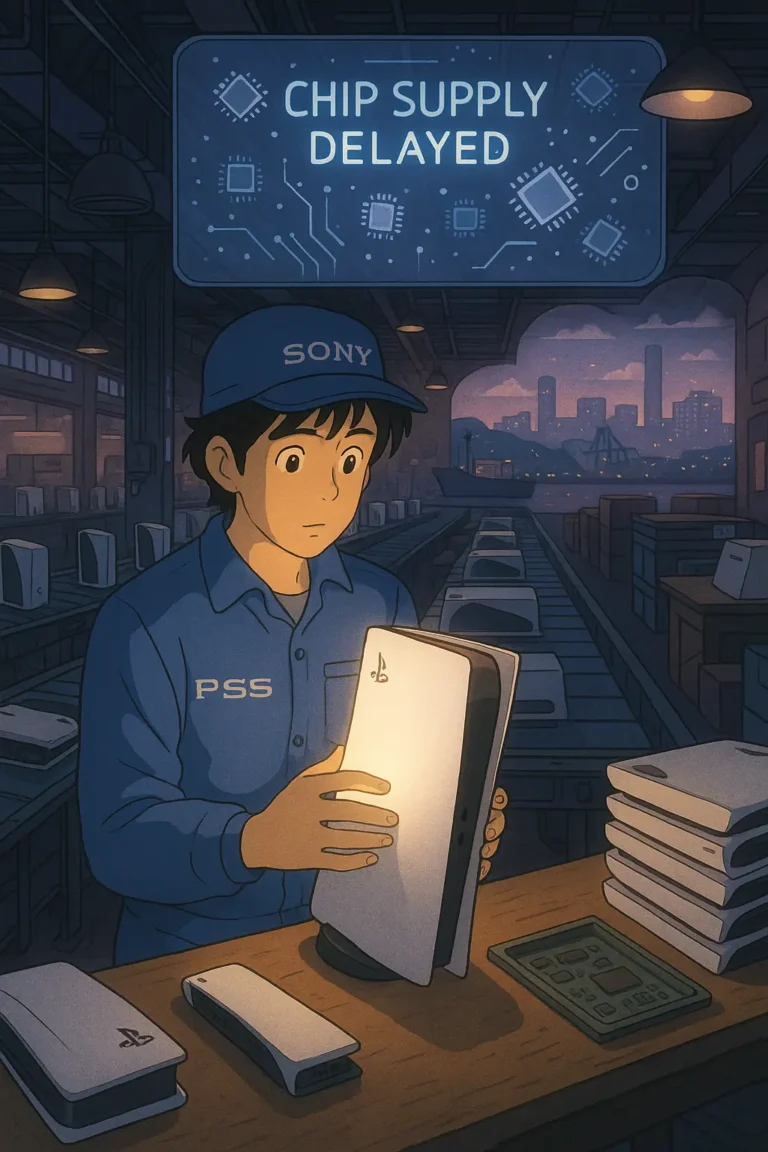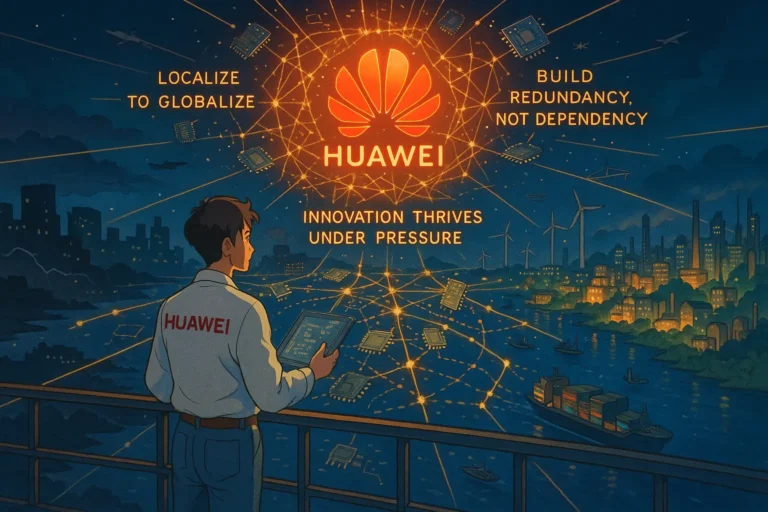
Although blockchain can hardly be described as a new technology, it seems the solution is just beginning to make waves in supply chains, including those of African background.
Since its emergence, the technology has gone beyond just a financial solution. Today, several industries are patronizing or exploring ways to benefit from it.
One such industry is the supply chain management industry. Although it has enjoyed many tech solutions in the 21st century, the blockchain has the potential to take it to the next level, especially in Africa.
There are three main ways the technology can be applied to supply chains on the continent, and in this article, we will review some of them.
1. Smart Contract
It used to be businesses needed a third party to help facilitate payment when certain conditions were met. However, this process could be painfully slow and expensive.
With the blockchain, the process can be much more simplified, especially as it pertains to vendor management and payment for supply chains.
Supply chains have to pay their vendors for services provided. Many times, it could be after a specific period. The primary reason for the delay is to ensure proper reconciliation.
However, with smart contracts, that doesn’t have to be so. The system can assess the vendor’s delivery using pre-determined clauses or contract agreements.
When the vendor has fulfilled its obligation to the organization and supply chain, the system can approve the vendor for payment and, in many cases, pay the vendor.
The best part is that it can carry out these activities independently, saving the supply chain time and valuable resources. It also eliminates human errors, which are popular for slowing down payment.
This can be very valuable to African vendors, especially those with limited capital. It could help build loyalty and improve the effectiveness of the vendor.
2. Traceability
A typical supply chain comprises at least four major parts, including procurement, production, inventory management, and logistics (to and fro).
When you factor in operations and activities like planning, forecasting, sorting, order processing, and so on, the supply chain becomes infinitely more cumbersome.
Tracking or tracing different points of the supply chain becomes hard because these processes get lost in the complex nature of the supply chain operation.
Knowing the people (staff or vendors) involved in some operations can also become difficult. But all of these and their management can be better with blockchain technology.
Blockchain enables the stakeholders in the African supply chains to track or trace several activities. This is because of the technology’s decentralized nature, which ensures data is distributed securely and housed on multiple systems.
The same nature enhances the end-to-end visibility of the supply chain, making it easy for all participants to access the data. This gives every authorized party an idea of the supply chain’s journey.
This end-to-end visibility is also handy when managing or monitoring the inventory flow.
Inventory management can be a handful, but the technology does a lot to simplify it for the parties involved. For example, eliminating errors and providing real-time information.
The immutability of the data means no party can tamper with it. This makes it difficult to wonder about any party’s input in the supply chain.
3. Transparency
Transparency and traceability might seem similar, but they are quite different.
Traceability, also known as visibility, is the ability of relevant parties to monitor the supply chain’s journey from sourcing to delivery. With traceability, you want to look out for inefficiencies and opportunities for improvement across the supply chain.
On the other hand, with transparency, external parties like the government or customers are looking for certain indicators pointing to the compliant nature of the supply chain, either to customs or laws or practices like sustainability.
The world is big on factors like sustainability, and with good reason. In Africa, that reason is more vital than probably anywhere else.
Factories and big organizations have destroyed communities in the past. This has made it difficult for them to survive.
So it is only right that these organizations compensate in some way, which is the social aspect of the sustainability measure.
With transparency, customers do not have to wonder. And organizations do not have to go through a long documentation process to prove they are sustainable or compliant.
The records are also immutable, which helps these organizations verify their claims, ensuring the satisfaction of all parties.
Because of this, transparency has the potential to be the main feature of blockchain in African supply chains in the near future.
𝐁𝐨𝐭𝐭𝐨𝐦 𝐋𝐢𝐧𝐞:
The application of blockchain technology in African supply chains goes a long way to helping organizations within the continent simplify and reduce the operating costs of their supply chains.
It gives these supply chains the freedom to embrace speed and accuracy as normality in everyday operations, irrespective of the continent’s infrastructure and access to capital shortcomings.

Obinabo Tochukwu Tabansi is a supply chain digital writer (Content writer & Ghostwriter) helping professionals and business owners across Africa learn from real-world supply chain wins and setbacks and apply proven strategies to their own operations. He also crafts social content for logistics and supply chain companies, turning their solutions and insights into engaging posts that drive visibility and trust.







